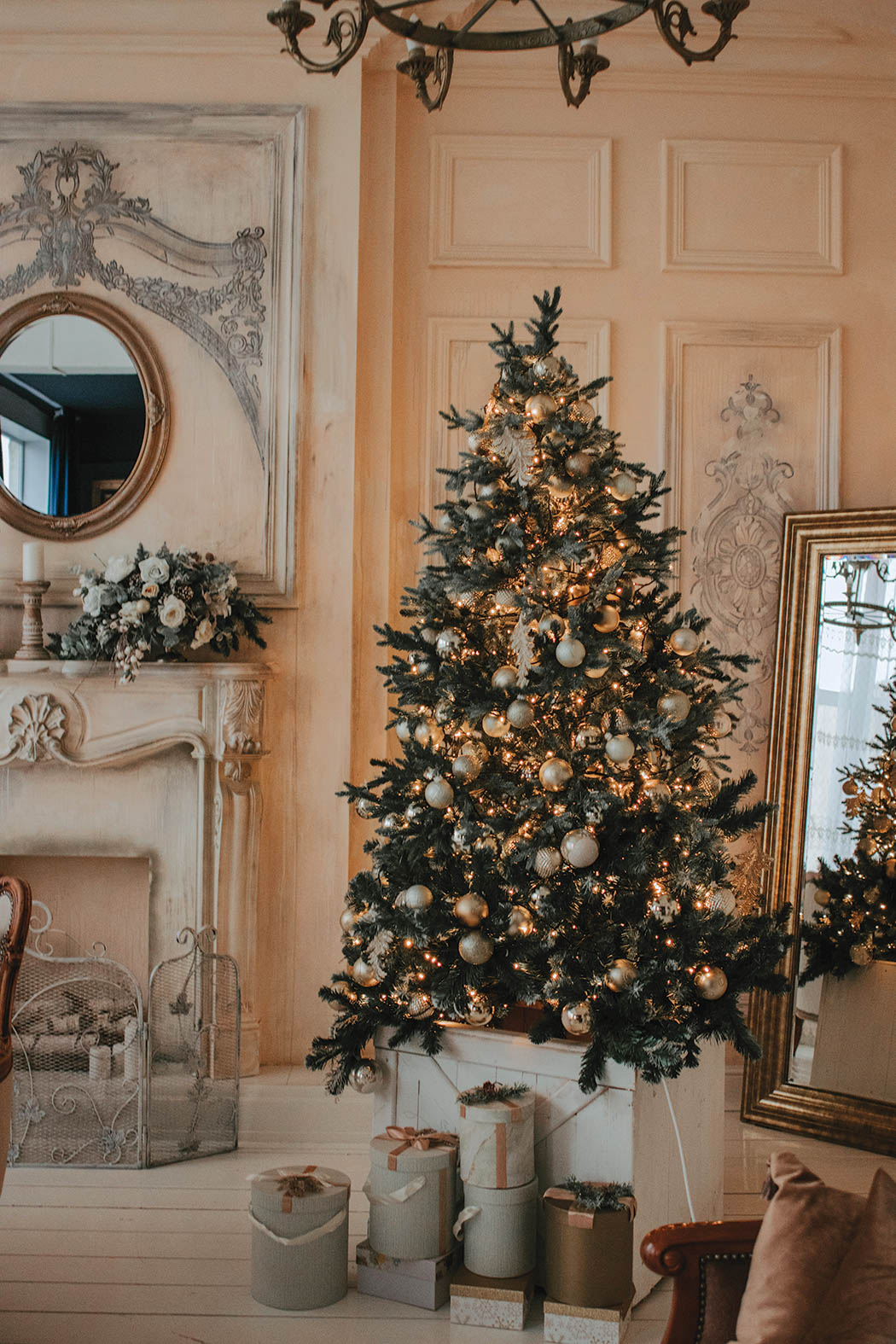How Real & Artificial Christmas Trees Can Impact Your Health

As temperatures continue to drop, many people will begin to prepare for the holiday season — unearthing their vintage Christmas decorations, hanging up the colorful iridescent string lights and most importantly, hauling in the giant Christmas tree. Decorating the Christmas tree is a tradition in many families, but the kind of tree bought for each household varies widely.
While the decision to purchase either a real or an artificial tree is typically up to personal preference, the type of tree you buy can have an impact on your household, physical health and the environment. So, it’s important to make an informed decision on what’s best for you and your family: real or artificial.
On one hand, having a real Christmas tree encapsulates the true spirit of the holidays. They smell like the forest, carrying the scent of fir or pine throughout the room. Many find this incredibly soothing and festive. When they’re outside, real Christmas trees exemplify all the benefits of a fresh forest. According to the National Christmas Tree Association, they clean up the air, filtering out dust and smog — an asset for many families.
However, it should be noted that in certain cases, a real tree can increase unwanted mold spores in your home. Connecticut researchers found that having a real tree in the home for two weeks increased the mold spore count five times more than normal. This can possibly trigger allergies in those susceptible to the spores. But if you clean the tree by shaking it out, the chances of these mold spores possibly causing an allergic reaction can decrease. Artificial trees may be the go-to for anyone who struggles with allergies.

While a real tree may create complications with allergic reactions, buying a real Christmas tree is the more sustainable option. Real trees can be enjoyed throughout the holidays and afterward, families can chop them down into lumber to be donated, composted and more. Since real trees are biodegradable, they’re also much better for the environment. Fake trees aren’t able to be recycled, so disposing of them can cause harm to the environment.
If you have any animals, you may need to be cautious about buying an authentic Christmas tree. Texas A&M University’s School of Veterinary Medicine & Biomedical Sciences says the pine needles can be dangerous if ingested by your cats. In order to protect your animal’s health, you may consider avoiding real trees or, at the very least, ensure that the pine needles which fall from the tree are consistently cleaned up.
On the other hand, artificial trees are made from plastics that may be contaminated with lead. The plastics, usually PVC, are what cause lead contamination. Artificial trees typically come with warnings telling the handler to wash their hands after touching the tree to avoid ingesting the harmful material and reduce the risk of lead poisoning. So, you may be at risk of lead exposure if you choose an artificial tree.
However, that being said, fake Christmas trees do have their advantages. While they may not be the best for your overall health or the environment, they are beneficial for easy setup and reuse. It’s cheaper to purchase a fake tree once and reuse it for several years at a time. This will greatly benefit your wallet and overall financial stress during the holiday season.
The decision you make for your Christmas tree each season is completely up to personal preferences. There are benefits and drawbacks to each, but deciding what’s right, and healthiest, for you depends entirely on your individual needs and situation. Whatever you do, just make sure you’re able to create an unforgettable experience with your loved ones!






